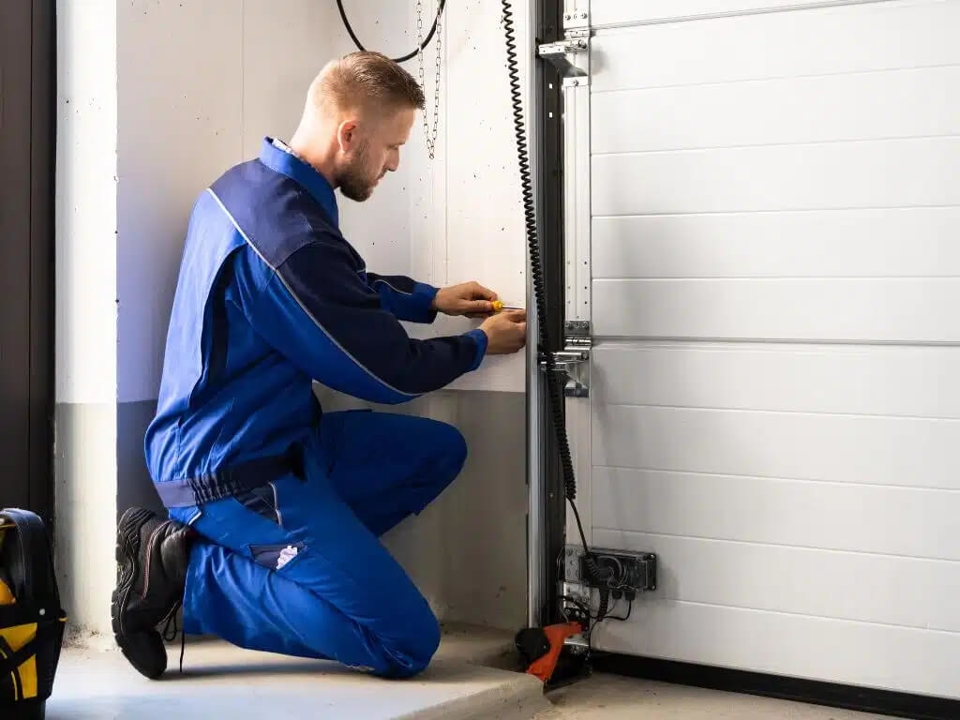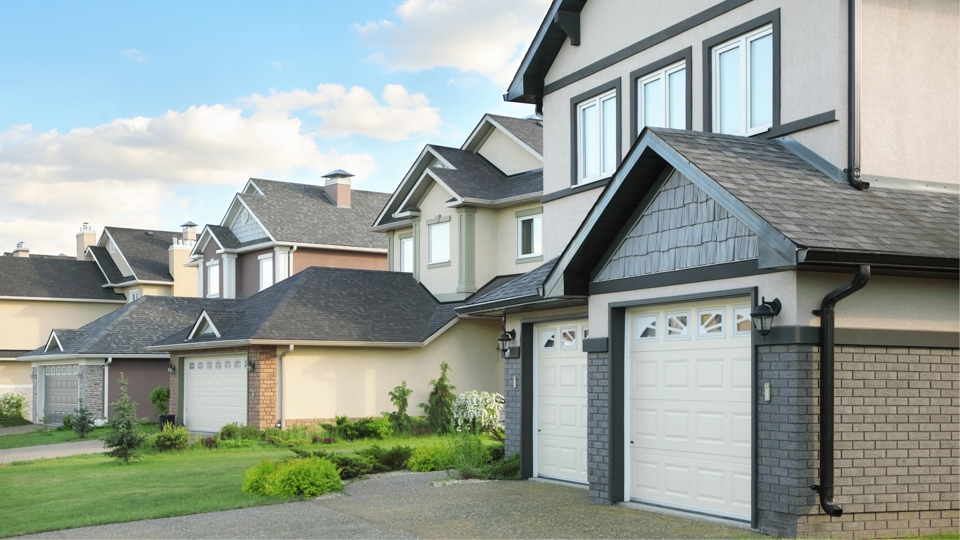The amount of heat escaping from your home directly impacts your heating costs. Inadequate sealing and insulation, especially in areas affected by winter conditions, can significantly increase utility bills.
If you have an attached garage, this may be one of the main culprits for heat loss in your home. The garage door is often overlooked when it comes to insulation and sealing, but it can be a significant source of heat escape. In this blog, ProLift Garage Doors will break down some of the best ways to find and fix heat loss through your garage door.
Check Your Garage Insulation
Garage Walls
Even if your garage walls do not have massive cracks or gashes, they may not retain the heat they should. Why? It may be your wall insulation. In fact, some older garages may not have insulation at all.
Some common signs of poor garage wall insulation include:
Walls feel noticeably cooler than other garage surfaces
The garage struggles to maintain a consistent temperature
Rapid heat loss after warming
To address this issue, consider installing wall insulation. Insulating the roof or the garage's crawl space can also reduce heat loss.
Garage Door Insulation
Your garage door could be a major culprit in heat loss, even if it appears intact. The issue? Inadequate insulation. Many older garage doors lack proper insulation, leading to significant energy inefficiency.
Common indicators of poor garage door insulation include:
The door feels noticeably colder than other garage surfaces
Rapid temperature changes in the garage when the outside temperature fluctuates
Difficulty maintaining a stable temperature in the garage
You could add insulation as a weekend DIY project to address this issue. If your current garage door isn't suitable for added insulation, consider installing a pre-insulated garage door for superior R-value and energy efficiency.
Check Your Garage Weather Stripping
Heat loss in the garage occurs when warm air escapes through openings in your home. A small crack in your garage is needed to reduce the indoor temperature by several degrees, leading to higher heating costs.
One way to prevent heat loss through your garage door is to check the condition of your weather-stripping. Weather stripping is typically made from rubber or vinyl and helps seal gaps between the garage door and the frame.
Signs that you need new weather stripping include:
Visible gaps around the edges of your garage door
Deteriorated or damaged weather-stripping
Noticeable draft coming from around the garage door
Replacing old or damaged weather stripping as soon as possible can significantly decrease heat loss in your home. It's an easy and affordable fix that can greatly impact your energy bills.
ProLift Can Reduce Heat Loss with a New Garage Door
Addressing heat loss in your garage before winter arrives creates a more comfortable living space and significantly reduces your heating costs. If your garage door lacks proper insulation or you're considering a replacement, ProLift Garage Doors is here to help.
Upgrading your garage door is an excellent way to boost your home's energy efficiency and appearance, even on a limited budget! Let our team of experienced professionals help you find the right garage door for your home.
Find your ProLift Garage Doors nearby and request a free installation estimate for a new garage door!




